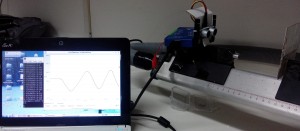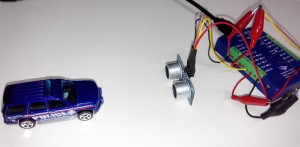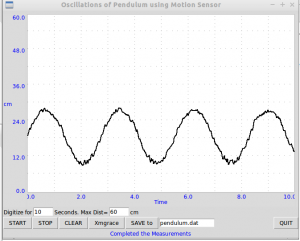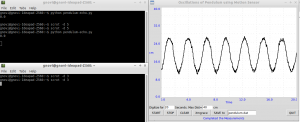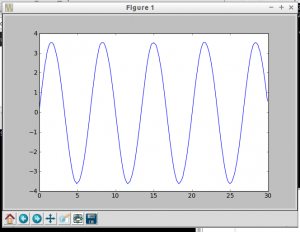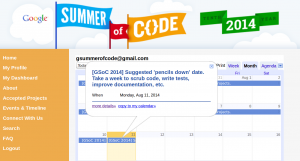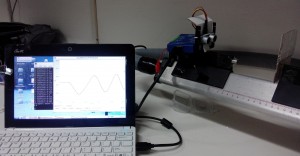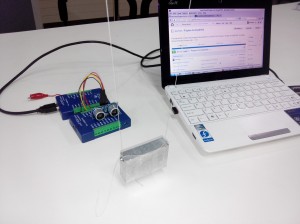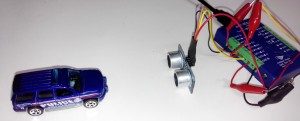Let’s generate some signals!
Here is our tiny sine wave generator for sound and waves experiments.
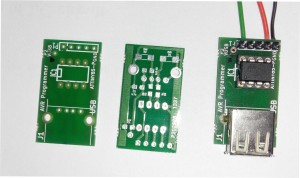
The ATTINY85 based board which can take square wave as input and generates sine wave. In the picture- board and the completed module.
ATTINY 85 is the high-performance, low-power Atmel 8-bit AVR RISC-based microcontroller combines 8KB ISP flash memory, 512B EEPROM, 512-Byte SRAM, 6 general purpose I/O lines, 32 general purpose working registers, one 8-bit timer/counter with compare modes, one 8-bit high speed timer/counter, USI, internal and external Interrupts, 4-channel 10-bit A/D converter, programmable watchdog timer with internal oscillator, three software selectable power saving modes, and debugWIRE for on-chip debugging. The device achieves a throughput of 20 MIPS at 20 MHz and operates between 2.7-5.5 volts.
The ATTiny85! In the DIP configuration, is about 9mm x 9mm, can be programmed using the Arduino IDE, runs on as low as 3.3V at pretty tiny amperages. Here is the pin configuration…

We programed it using USBASP programmer from our microhope project.

After programing the chip, now we can use it with ExpEYES as a sine wave generator. The connections are made like this….
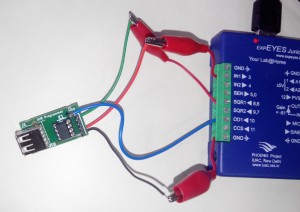
pin1 is RESET pin2 is input where SQR can be connected and pin 3 is the output. The module can be powered usent external USB or with OD1 as shown in the pic.
To reset pin 1 (marked as P1) should be connected to GND for a fraction of second. This is useful to obtain lissajous figures for which two modules can be used. Both the modules can be powered with single USB.
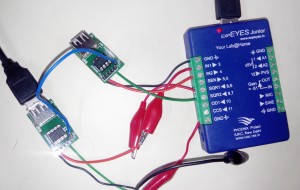
We also wrote a program in python for lissajous figures.
Here is the amazing result…..

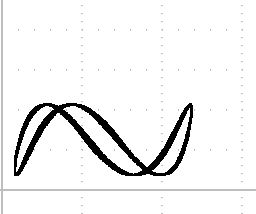
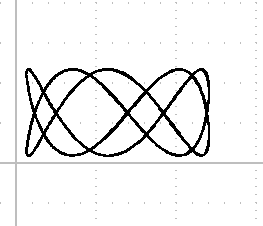
I also worked on few python programs to finalize them. Now almost all the programs are ready.
Here is my today’s activity on Github

